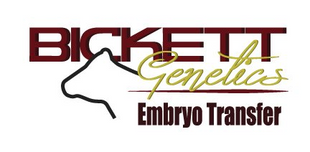Genetics for your Future
Now is the time to plan the genetics of your cattle herd with embryo transfer or in vitro fertilization.
LEARN MOREWe are experts &
provide the best services
Bickett Genetics is a full service bovine embryo transfer service located in northwest Georgia approximately fifteen miles south of Chattanooga, TN.
On Farm Embryo Transfer Service
We will come to you and your donors
In Clinic Embryo Transfer Service
We can house your females, too
In Vitro Fertilization Services
Satellite location for Trans Ova Genetics
Bickett Genetics is an AETA certified bovine embryo transfer business located in Northwest Georgia approximately fifteen miles from Chattanooga, Tennessee, providing ET services throughout the Southeast. These services are offered either on your farm or at our donor facility. Our facility also has approval by the USDA for export to the EU. Dr. Todd J. Bickett has been involved in the embryo transfer business since 1987.









